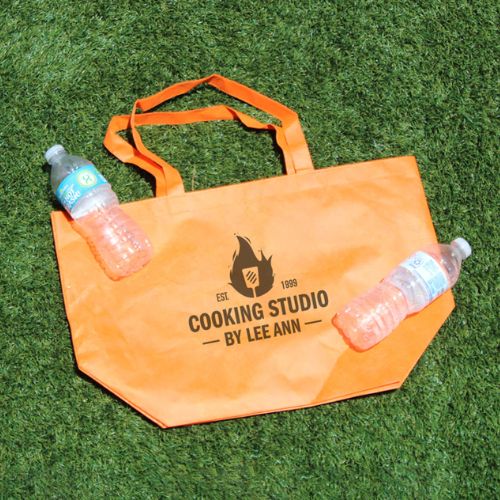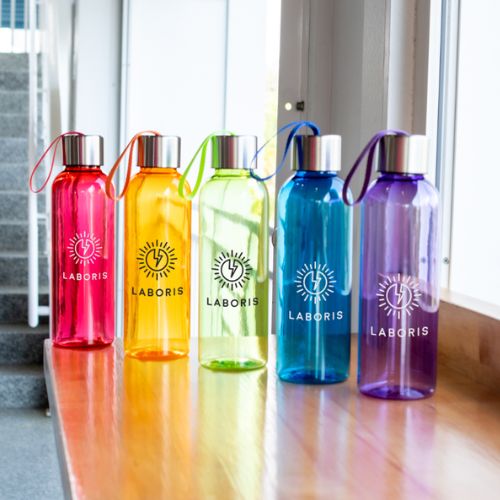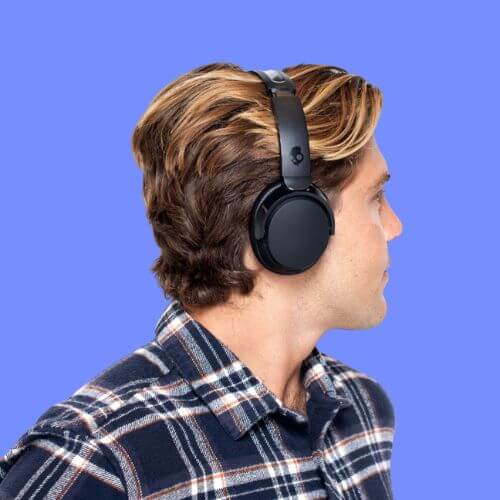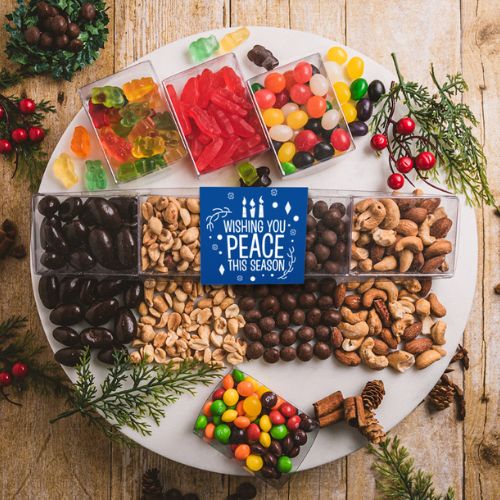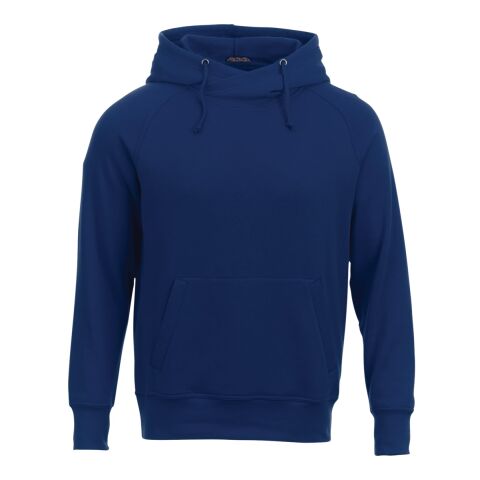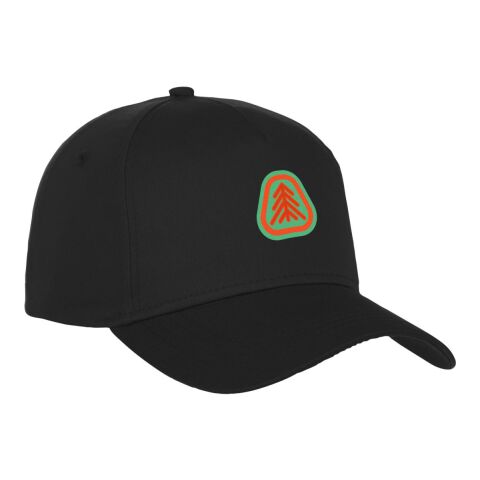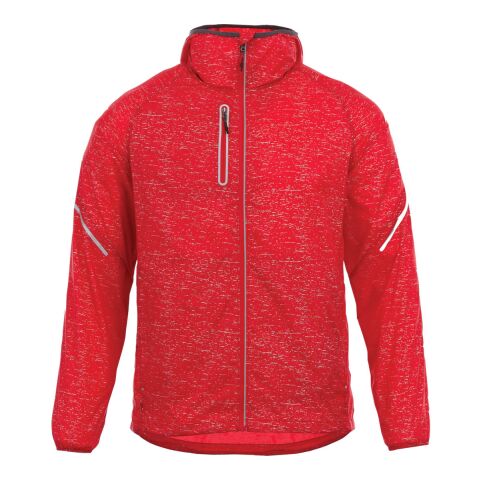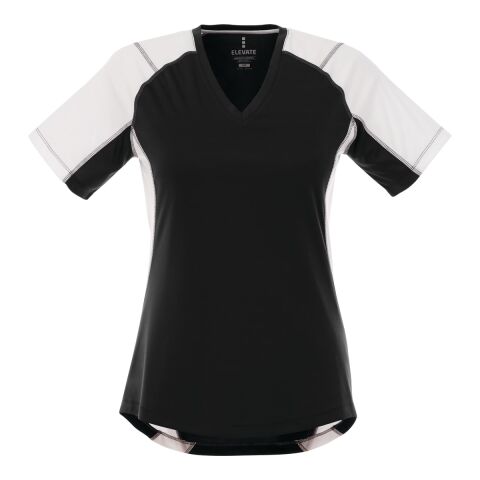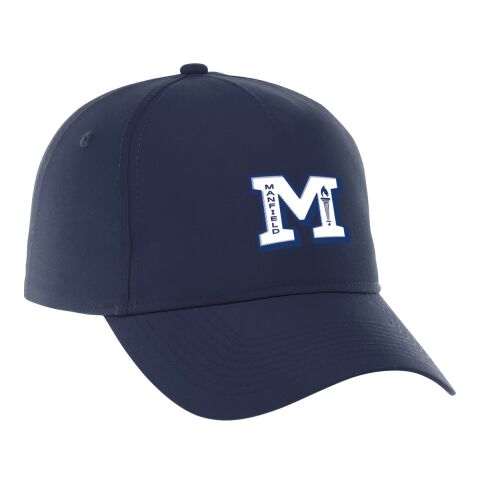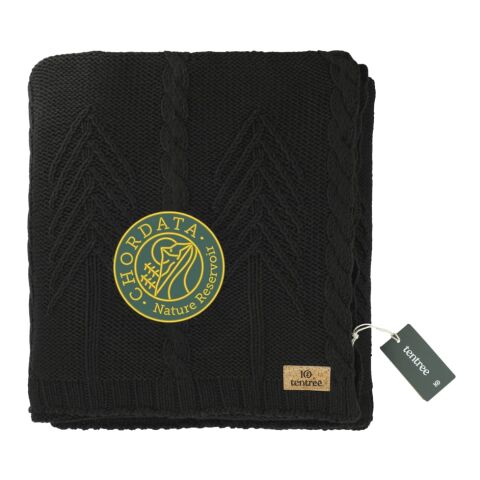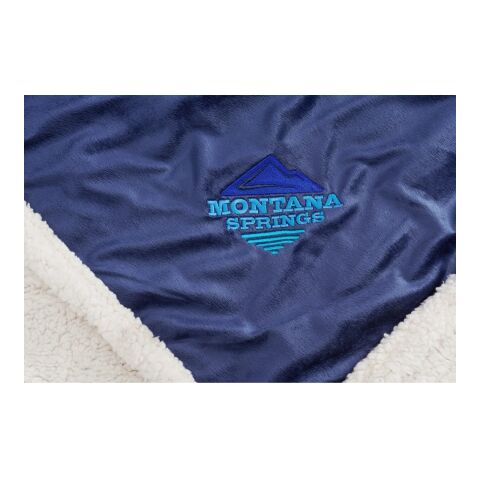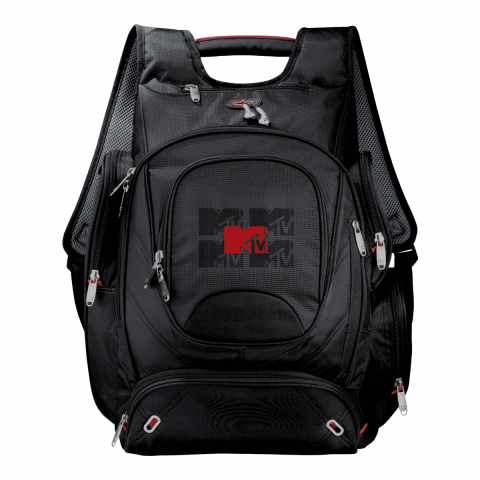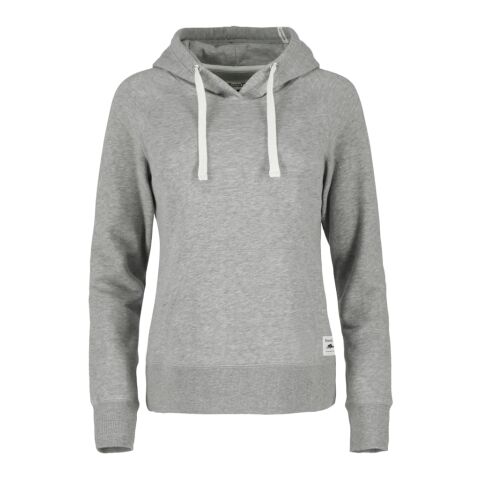Embroidery
What does embroidery mean?
Embroidery refers to a high-quality textile finishing through the process of forming decorative designs with hand or machine needlework. In the case of promotional products, it would be company logos or advertising texts produced as an advertising imprint. This is a popular finishing technique as an alternative to textile printing.
What products can be embroidered?
There are many textiles, such as caps & hats, jackets, towels or blankets, where branding with embroidery is perfect. A regular print would look out of place on a towel as it would flake off over time due to frequent washing and rubbing. Embroidery skillfully avoids this problem by lasting through quite a few washes without quality due to its extreme durability. Since logos and motifs no longer have to be embroidered by hand as the most intricate sewing work is done by computer-controlled machines instead, embroidery not only delivers excellent results, but can also be produced particularly quickly.
How does embroidery get onto textiles?
In order to have the desired design embroidered on a shirt, apparel or other textile, a pattern template must first be digitized. It is best to create this in the form of a vector graphic so that geometric lines, dots or areas, can be correctly transferred into vectors. However, it is more common to use a bitmap graphic, where the file is translated into pixels, as a pattern template for embroidering shirts and the like. By means of so-called punch software, the embroidery machine controls the textile where the pattern is embroidered with needle and thread. An embroidery machine usually has 12 to 15 interconnected embroidery heads, each of those with 15 needles to make a proper embroidery. A distinction is made between the direct and indirect embroidery processes. The direct method usually uses an additional backing fabric, called stabilizer, to prevent the fabric from warping during embroidery. Elastic fabrics, such as T-shirts or shirts, benefit from this process when embroidered. Thicker fabrics that are less likely to slip, such as caps, can do without the backing fabric. In indirect embroidery, a backing material is first embroidered and then sewn or glued onto the promotional textile. This also enables the embroidery of leather and imitation leather.
What are the advantages of embroidery fabric for advertisers?
Embroidery is particularly convincing due to its high-quality appearance, which is particularly effective on textiles such as shirts or bags. In some cases, embroidery can even be the only alternative if the advertising medium has a center seam, or is made of terry cloth material, for example. Another positive point about embroidery is the impressive robustness it possesses compared to printing. Embroidery does not peel off even after several washes, so that company logos, web addresses, names or advertising slogans are still perfectly presented even after a long time. Embroidery is a valuable alternative to textile printing, especially for workwear or uniforms These types of textiles are often exposed to heavy wear and tear and soiling, and therefore, the embroidery seams can also be washed in a boil wash cycle without losing quality over time. In addition, corporate-designed workwear with embroidery is nowadays often fashionable and is also very popular with employees in their free time. A positive side effect is that embroidered advertising attracts many envious glances.
- Due to the high-quality workmanship, embroidered designs have a considerably longer lifetime than other prints on textiles.
- Embroidery is a cost-effective way of enhancing textiles with attention-grabbing advertising, even in small or limited quantities.
- High-quality embroidered finishes on workwear embody a neat and uniform external image of a company and strengthen its corporate identity.
- Fully automated computer techniques speed up precise production.
- While advertising imprints on textiles can only withstand being washed in cooler temperatures, embroidery is also resistant to hot water when washing and is therefore more durable.
Which promotional items are suitable for embroidery?
All textiles, from sweatshirts to backpacks, can be embellished with advertising messages, logos or designs. Especially those promotional products that need to stand out with a classy look - whether as uniform workwear for employees, jerseys for a sporting event or bags as a thank-you gift for the most loyal customers. Using special threads, even leather goods made of genuine leather and imitation leather can be refined.
Which motifs are suitable for embroidery?
Basically, any logo or motif can be embroidered on advertising media. There is only one thing to consider when designing your logo and that is the size. It is better to avoid very small, detailed motifs, as they are difficult to display. However, they should not be too large either, as these make the textile rigid and inelastic.
How much does it cost to have a logo embroidered?
The cost of embroidered promotional items is determined by two things. Firstly, it is determined by the price of the promotional item itself and secondly, by the number of needle stitches required for the design. This means, for example, that the price is calculated on the basis of the time required by a machine for 10,000 needle stitches. Furthermore, the costs result from the quantity of the order, the colors used in the design, the type of thread and the size of the embroidered motif. For leather embroidery, there is an additional charge for the use of special needles and threads. The creation of an embroidery card is charged once. Regardless of the number of promotional items ordered, embroidery is a cost-effective branding option. Embroidery is a great option, even for small quantities, to effectively present promotional messages in an eye-catching way.
Which types of thread are suitable for embroidering textiles?
There is an unimaginably large selection of threads made of different materials in all kinds of colors. For impressive special effects, you can even use an embroidery thread that glows in the dark. Even in an exceptionally warm environment, a logo will always remain visible and intact thanks to heat-resistant thread that can be used to embroider special protective and work clothing.
Embroidered promotional products with special production
It always happens that the right selection is not available because you want something very special and individualized for a promotional campaign with apparel like jackets or polo shirts. With a special embroidery, an item can go from boring to awesome with special effects and stand out from the crowd. Just like other print finishing options, this one can be made into a custom textile print that is unlike any other. Textile advertising media such as polo shirts or caps can often be produced with individual embroidery finishes in first-class quality on request. Here, lettering, logos and other motifs are embroidered in the desired colors on the promotional item. Whether on the front or back, the sleeve or the collar depending on the specific item - an advertising message is a real eye-catcher at any moment!


